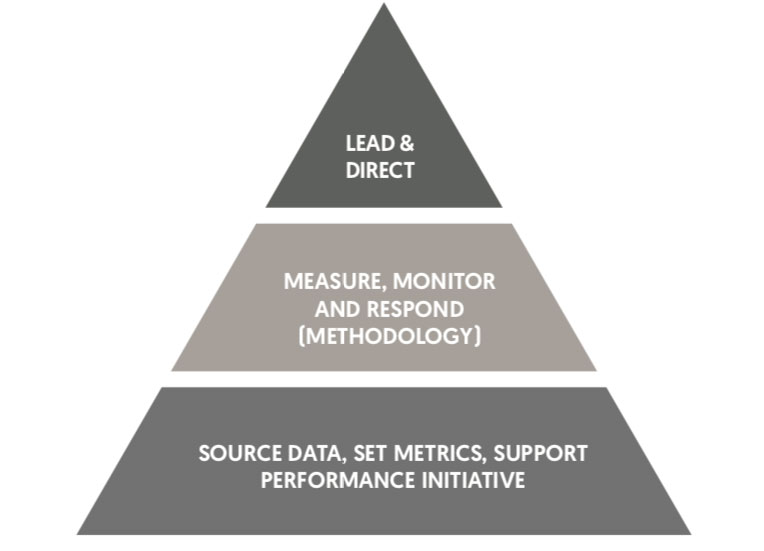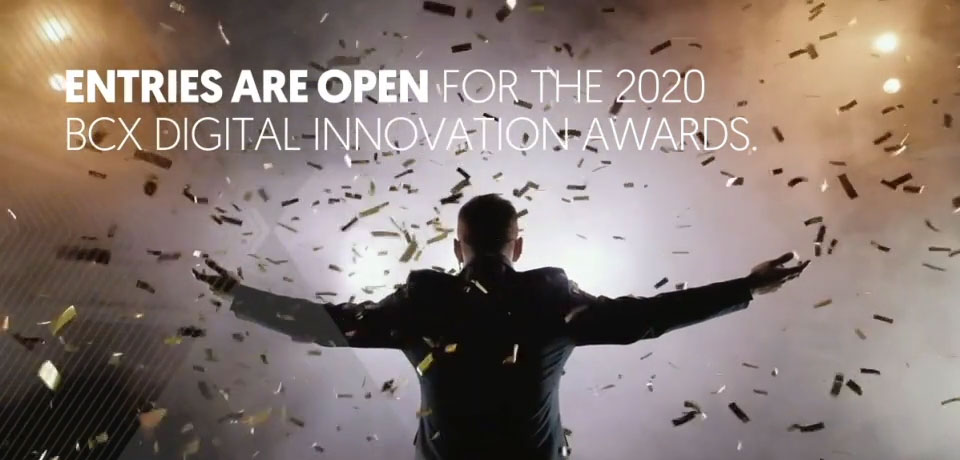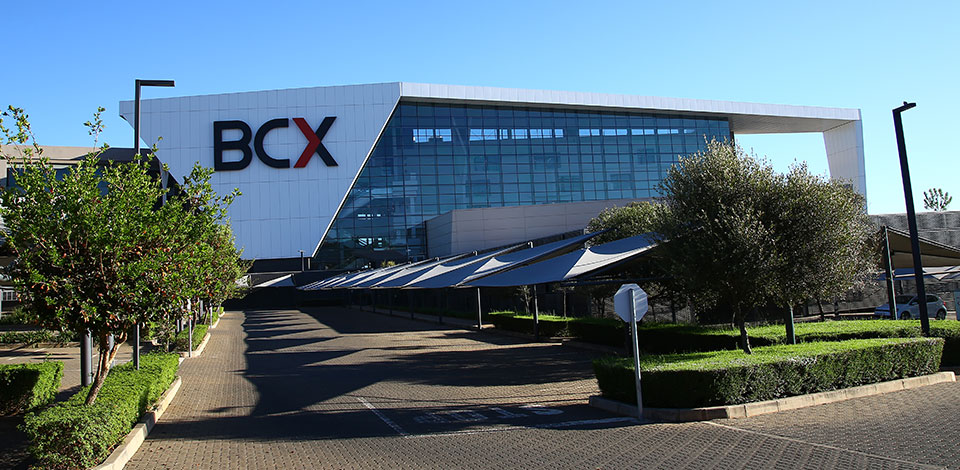
Customer Centric Business Performance Management requires a dedicated focus
In current age of digital transformation, customer centricity is the key to competitive advantage in any sector. As newer technologies are introduced, customers demand greater efficiency of service and more choice from organisations. Organisations on the other hand are having to draw from new sources of data to gain new insights to satisfy the changing needs of their customers and to enhance their own business performance.

Figure 1: The new age of data driven customer experience
For organisations to remain relevant and profitable against their competitors, the performance management framework should be customer focused, business process centric and data driven.
This ensures that organisations continuously provide the best value and experience to their customers. However, identifying and removing performance constraints from business processes requires a continuous improvement approach.
Identifying and releasing a bottleneck will merely serve to move the constraint downstream in the process (Principle of Theory of Constraints by Eli Goldratt). Managing business performance therefore requires constant focus on applying an agile approach supported by dedicated resources with the responsibility and skill to ensure continuous improvement. “This is the responsibility of The Business Performance Management Centre of Excellence (CoE).”
How to create an agile customer centric performance management CoE:
Review your current performance management capability:
Assess the organisation’s current capability and capacity to define and report on business process aligned performance metrics.

Figure 1: Business performance Centre of Excellence concept framework
• Lead & direct: The typical mandate of a Business Performance Management CoE is to enable a focused and standardised approach to managing the organisation’s operational performance. This is achieved through creating a common awareness and understanding of the organisation’s performance management methodology as well as by supporting the organisation with leadership, programme direction and enabling business and technical resources.
• Measure, monitor and respond: Although the responsibility for operational performance management sits with business process owners, the role of the CoE is to provide support and expertise when required during the process of measuring and monitoring operational performance and executing root cause analysis.
• Source data, set metrics, support performance initiatives:
The CoE will facilitate operational support through either dedicated resources within the CoE, or through operational level (OLA) agreements within other business units or operational functions.
Align the organisation structure for inclusive business-driven performance management:
Position the Business Performance Management CoE within the business structure supported by the CIO structure. Large organisations usually have a specialised Business Strategy unit or an Operational Excellence office with accountability for managing the strategy execution and performance.
Review the technical landscape:
Assess the ICT capability to ensure alignment with the business performance methodology and strategic objectives. Set OLAs in place to ensure dedicated capacity is available to support the Business Performance Management CoE initiatives.
Mobilise the Business Performance Management CoE to drive performance management and continuous improvement initiatives:
• Engage the business leaders to determine if they see current performance reporting as enabling or detracting from driving business performance.
• Define the business performance governance structure1 across all leadership levels that will guide the new agile Customer Centric Business Performance Management CoE and agree on the standard way of work between business and the CoE.
• Review current performance metrics to assess if performance reporting is:
• benchmarking against internal business units, competitors, and industry.
• proactive vs reactive.
• aligned to the operational process, tactical objective, and strategic goals of the organisation.
• supported by current and accurate data sources.
• flexible and agile to adjust with changing customer needs and product supply chain requirements.
• Determine and agree on the current baseline of operational performance and identify focus areas of improvement.
Lessons learned:
• Set up a Centre of Excellence for Business Performance Management to centralise the strategy and drive a coordinated approach for performance management and continuous improvement throughout the organisation.
• Data management and data availability are critical to the success of the performance management initiative. Limit the time and effort to collect data. If the data is not readily available, you are probably measuring the wrong metric. Check the maturity of your business process to support the performance objectives.
• Performance monitoring and analytics tools should be standardised, easy to use tools that empower the business to be proactive in managing performance and conducting root cause analysis.
• Performance management should create visibility and transparency of the performance issues and highlight the effectiveness of the remedial action to return the operations to the performance baseline.
• Agreeing on KPIs should be the last step in the performance management process and not the first, as is the case in many organisations today.
• Selecting performance metrics is also not a long-term commitment, different types of KPIs are required at different stages of the strategy execution and operational maturity.
“How will organisations know if they are efficient, effective and agile to meet their customers’ needs; They will measure it!”
Reference
1. Theory of Constraints by Eli Goldratt: Theory of constraints (TOC) is a management paradigm that views any manageable system as being limited in achieving more of its goals by a very small number of constraints. The book “The goal: a process of ongoing improvement” was published in 1986.
2. Deloitte China & Aliresearch “Six Major Changes in Science and Technology Reshaping the Retail Industry” is an article describing the impact of maturing technology impacting on the retail industry. The above article extrapolated on the reference of the integration of real life and the digital life and the access and availability of data to drive customer centric business performance management.
3. McKinsey and Company “Corporate Performance Analytics – Financial insights at your fingertips”










